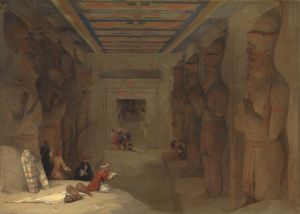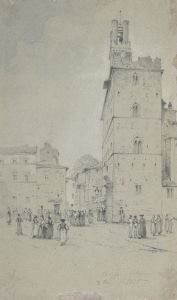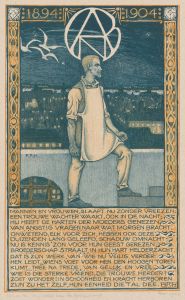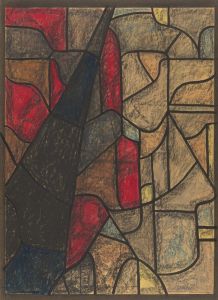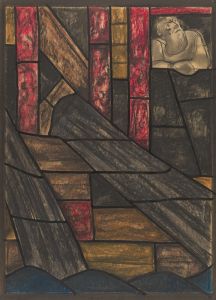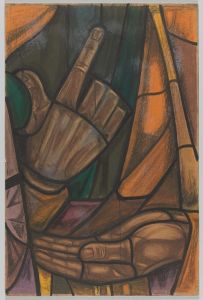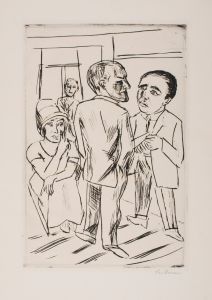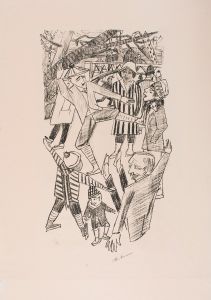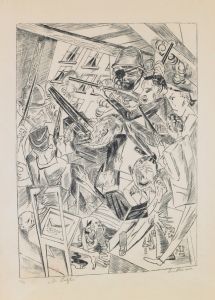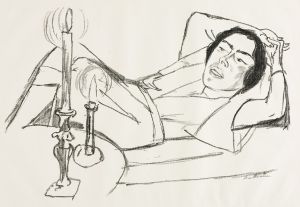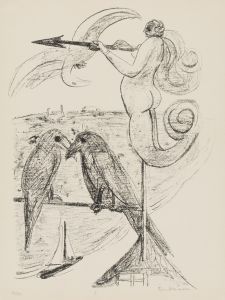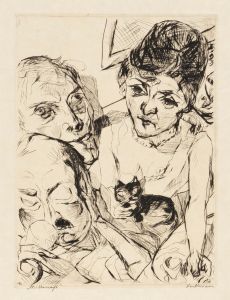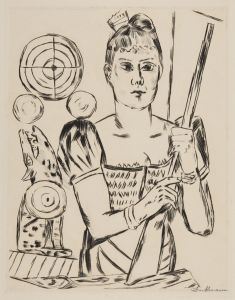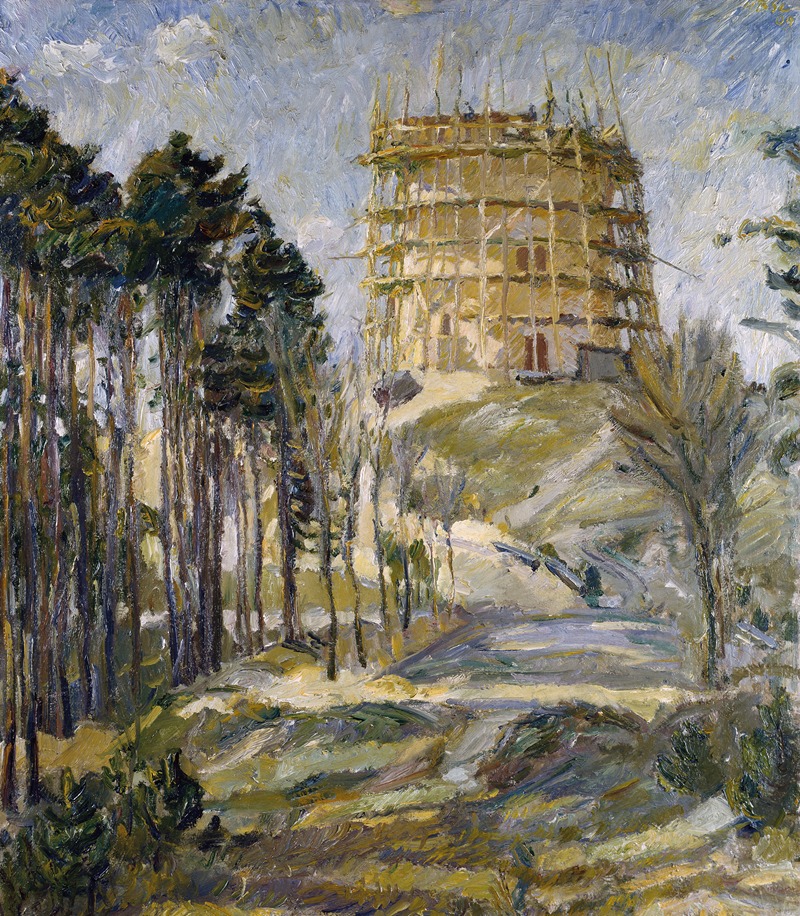
Water Tower in Hermsdorf
A hand-painted replica of Max Beckmann’s masterpiece Water Tower in Hermsdorf, meticulously crafted by professional artists to capture the true essence of the original. Each piece is created with museum-quality canvas and rare mineral pigments, carefully painted by experienced artists with delicate brushstrokes and rich, layered colors to perfectly recreate the texture of the original artwork. Unlike machine-printed reproductions, this hand-painted version brings the painting to life, infused with the artist’s emotions and skill in every stroke. Whether for personal collection or home decoration, it instantly elevates the artistic atmosphere of any space.
Max Beckmann was a prominent German painter, draftsman, printmaker, and sculptor, known for his unique style that combined elements of Expressionism, New Objectivity, and Symbolism. His works often reflect the turbulent times he lived through, including both World Wars and the interwar period in Germany. One of his lesser-known works is "Water Tower in Hermsdorf," which reflects his keen interest in urban landscapes and architectural forms.
"Water Tower in Hermsdorf" is a painting that captures the essence of a specific location, Hermsdorf, which is a district in Berlin, Germany. This area is known for its residential character and historical buildings, including the water tower that Beckmann chose to depict. The painting is a testament to Beckmann's ability to find beauty and intrigue in everyday urban settings, a theme that recurs throughout his body of work.
Beckmann's approach to painting was deeply influenced by his experiences during World War I, where he served as a medical orderly. The trauma and chaos of the war had a profound impact on his artistic vision, leading him to explore themes of existentialism, human suffering, and the complexities of modern life. While "Water Tower in Hermsdorf" does not explicitly depict these themes, it is part of the broader context of his work during the post-war period, where he often focused on the urban environment as a backdrop for exploring deeper human conditions.
The painting itself is characterized by Beckmann's distinctive use of bold lines and a somewhat muted color palette, which adds a sense of gravity and introspection to the scene. His style often involved a strong emphasis on structure and form, which is evident in the way he rendered the water tower and its surroundings. The composition is balanced yet dynamic, drawing the viewer's eye to the central architectural feature while also inviting them to explore the details of the environment.
Beckmann's work during this period was part of a larger movement in German art known as the New Objectivity (Neue Sachlichkeit), which emerged in the 1920s as a reaction against the emotional intensity of Expressionism. Artists associated with this movement sought to depict reality with a sense of detachment and clarity, focusing on the objective representation of the world around them. "Water Tower in Hermsdorf" fits within this context, as it presents a clear and unembellished view of an urban landscape.
Throughout his career, Beckmann was known for his ability to convey complex emotions and ideas through his art, often using symbolism and allegory to add layers of meaning to his work. While "Water Tower in Hermsdorf" may appear straightforward at first glance, it can be seen as part of Beckmann's ongoing exploration of the interplay between human-made structures and the natural world, as well as the impact of modernity on traditional landscapes.
Max Beckmann's legacy as an artist is marked by his innovative approach to painting and his ability to capture the spirit of his time. "Water Tower in Hermsdorf" is a reflection of his interest in the urban environment and his skill in transforming ordinary scenes into thought-provoking works of art. Although this particular painting may not be as widely recognized as some of his other pieces, it remains an important part of his oeuvre, showcasing his talent for blending realism with deeper philosophical inquiries.





